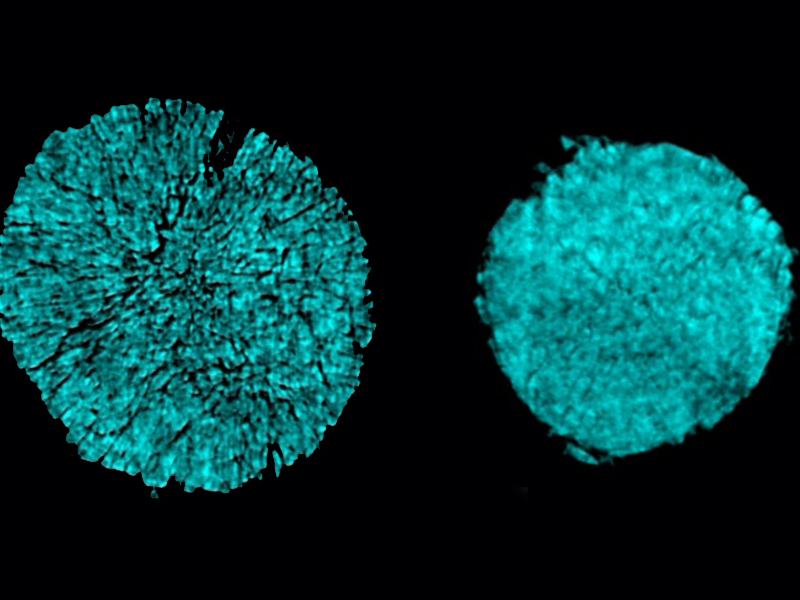Lithium-ion batteries have made possible the lightweight electronic devices whose portability we now take for granted, as well as the rapid expansion of electric vehicle production. But researchers around the world are continuing to push limits to achieve ever-greater energy densities — the amount of energy that can be stored in a given mass of material — in order to improve the performance of existing devices and potentially enable new applications such as long-range drones and robots.
One promising approach is the use of metal electrodes in place of the conventional graphite, with a higher charging voltage in the cathode. Those efforts have been hampered, however, by a variety of unwanted chemical reactions that take place with the electrolyte that separates the electrodes. Now, a team of researchers at MIT and elsewhere has found a novel electrolyte that overcomes these problems and could enable a significant leap in the power-per-weight of next-generation batteries, without sacrificing the cycle life.
X-ray tomography images taken at Brookhaven National Lab show cracking of a particle in one electrode of a battery cell that used a conventional electrolyte (as seen on the left). The researchers found that using a novel electrolyte prevented most of this cracking (right). Image: courtesy of the researchers

MIT researchers collaborated with The University of Texas at Austin and two national laboratories on the research reported last week in the journal Nature Energy. The researchers say the finding could make it possible for lithium-ion batteries, which now typically can store about 260 watt-hours per kilogram, to store about 420 watt-hours per kilogram. That would translate into longer ranges for electric cars and longer-lasting changes on portable devices.
The basic raw materials for this electrolyte are inexpensive (though one of the intermediate compounds is still costly because it’s in limited use), and the process to make it is simple. So, this advance could be implemented relatively quickly, the researchers say.
“This new electrolyte shows increased stability compared to the conventional organic liquid electrolyte,” said Yutao Li, a research associate in John Goodenough’s lab in the Cockrell School of Engineering at UT Austin, who worked on the project. “Conventional electrolytes are unstable at low and high voltage, and that can lead to conditions that significantly reduce the life cycles of batteries.”
The electrolyte itself is not new, explains Jeremiah Johnson, a professor of chemistry who worked on the research. It was developed a few years ago by some members of this research team, but for a different application. It was part of an effort to develop lithium-air batteries, which are seen as the ultimate long-term solution for maximizing battery energy density. But there are many obstacles still facing the development of such batteries, and that technology may still be years away. In the meantime, applying that electrolyte to lithium-ion batteries with metal electrodes turns out to be something that can be achieved much more quickly.
The new application of this electrode material was found “somewhat serendipitously,” after it had initially been developed a few years ago by MIT professors Yang Shao-Horn, Jeremiah Johnson, and others, in a collaborative venture aimed at lithium-air battery development.







